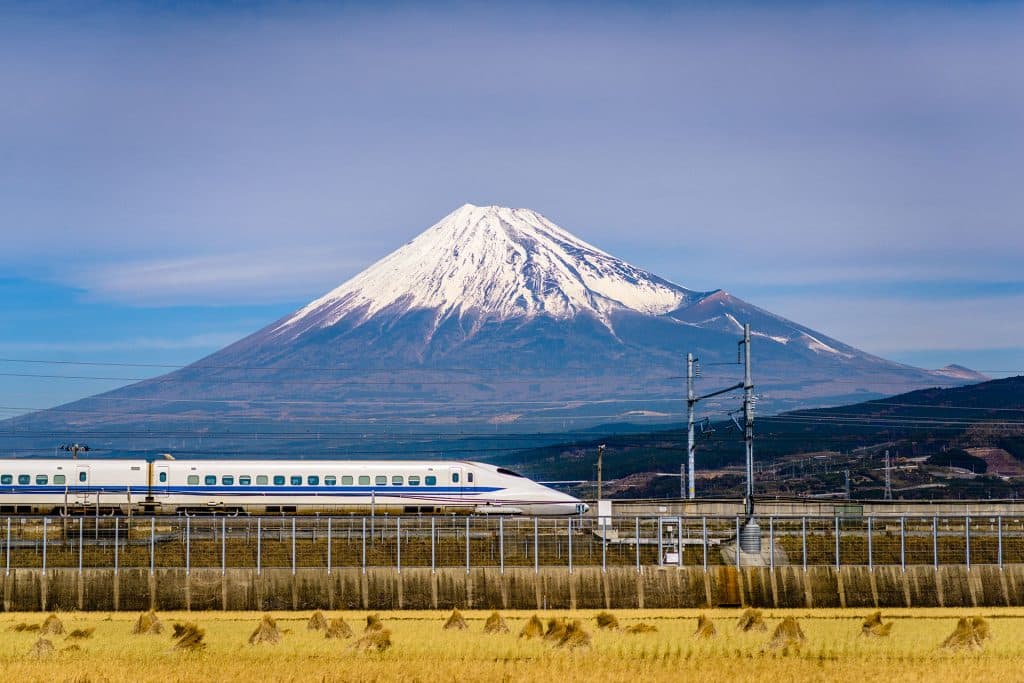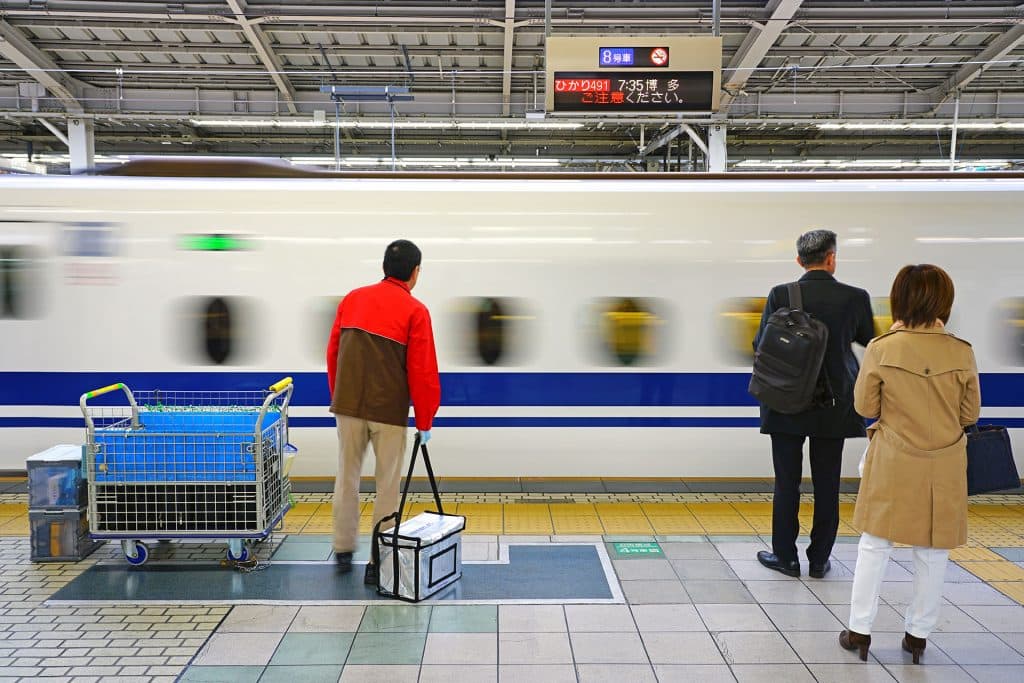
The high-speed train that will cross part of Texas will be a champion of sustainable mobility, taking the shape of the Shinkansen N700-S, Japan’s newest train.
The train, chosen by Texas Central, developer of the project, will have high-speed service between Dallas and Houston, will consume eight times less energy and emit a 12th of the CO2 of a Boeing 777-200.
Additionally, each time the train stops, it uses regenerative braking to put power back into the system.
The train can also transport a fair number of passengers in comfort. With eight carriages, it can seat up to 400 passengers in total. Estimates show it could have up to seven million travellers once operational in Texas.

Texas Shinkansen: the history behind the train
Conceived in Japan, the N700-S train model is used by the Central Japan Railway Company, operator of the famous Shinkansen.
Planning for the first train of its kind began in 1957. Seven years later, it went into service for the Tōkaidō Shinkansen line in advance of the 1964 Tokyo Olympics, according to the company’s website.
The network of rail lines dedicated to the train quickly expanded, reaching a boom in 1970 for the World Expo in Osaka. At this point, the number of trains operating totalled 16.
Two years later, a new line opened between Osaka and Okayama. It would then reach Hakata in 1975.
Shinkansen kept expanding its reach, setting an example for the development of high-speed train service elsewhere in the world. In 1981, France started its service, while Germany followed a decade later with the Inter-City Express.
The technology used to propel the Shinkansen has evolved, leading to the introduction of magnetic superconductors – known as Maglev – that enable some of its trains to elevate. By 2027, Japan expects trains to be able to travel at speeds of up to 505 kilometres per hour between Tokyo and Nagoya.
Japan has been exporting the technology. One major selling point is its safety: in 54 years of service, there has never been a collision or fatality as a result of operations.

